Lisa | 41 | NJ | punk-ass book jockey and terrible writer | demi | ♏️ INFP
Don't wanna be here? Send us removal request.
Text























SHŌGUN (2024) | costume design by Carlos Rosario
“I’ve never worked on a project that was so careful and put so much emphasis on attention to the details, to making sure that we were as accurate and as authentic as possible.”
3K notes
·
View notes
Text
2018 tumblr post:
1: why do they call it a boner when theres no bone in it
2: there used to be
3: why does this sound so ominous
2025 tumblr post:
1: forward my shambling soldiers and slay without thinking. let blood flow into every crevice of this rotten land
2: yes my lady
3: yes my lady
85K notes
·
View notes
Text


Btw, this is how conservatives keep getting to claim that trans people are a new thing no one has ever heard, because our history and existences have continually been erased or obscured systematically through out history.
The most famous example was 92 years when the Nazis raided the library of the Institut für Sexualwissenschaft, the medical practice where the term transsexual was first coined and the first gender affirming surgery was performed in in 1931.
What did the Nazis do after raiding the library on May 6th, 1933? You may be familiar with these images


It is happening again.
49K notes
·
View notes
Text

“But she will rave all night!”
“Then rave she must!”
3K notes
·
View notes
Text


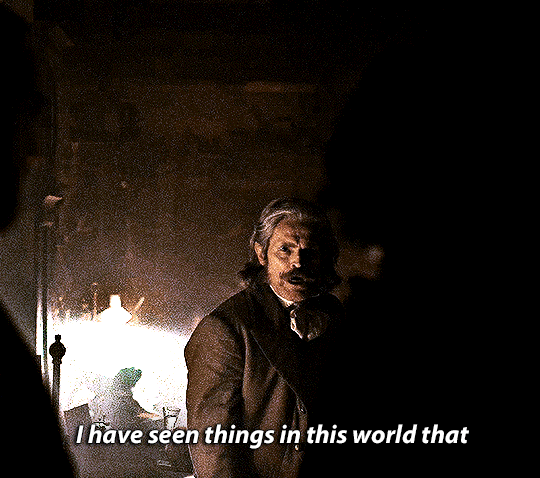

We have not become so much enlightened as we have been blinded by the gaseous light of science. I have wrestled with the devil as Jacob wrestled the angel in Peniel. And I tell you, if we are to tame darkness, we must first face that it exists.
NOSFERATU (2024) dir. Robert Eggers
498 notes
·
View notes
Text










INTERVIEW WITH THE VAMPIRE 02.08 | "And That's The End of It. There's Nothing Else"
1K notes
·
View notes
Text
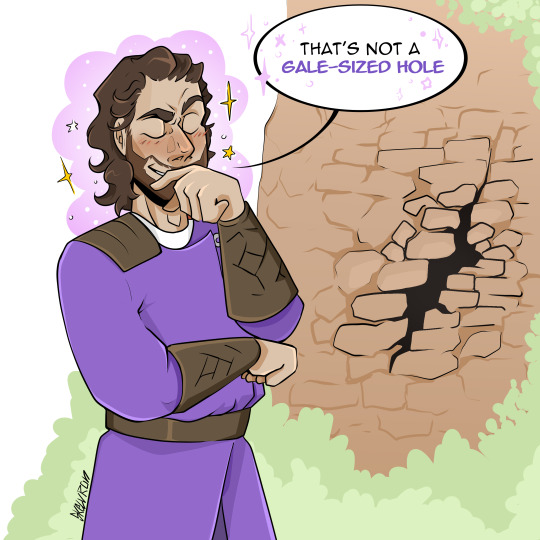

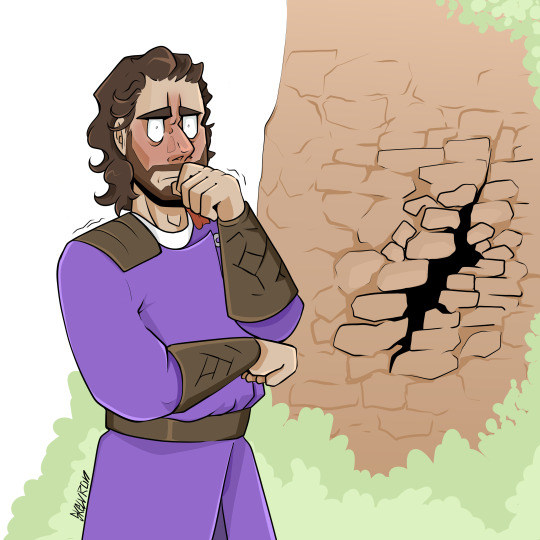
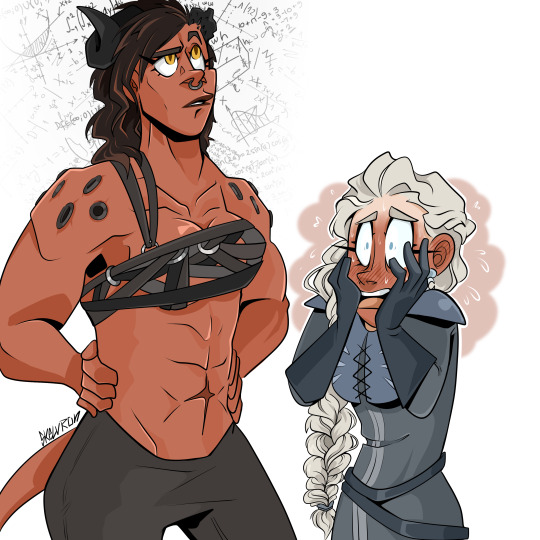
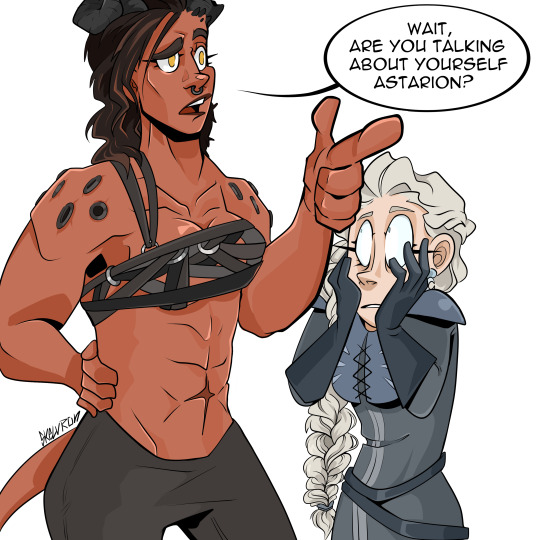

GALE-SIZED HOLE
this comic was born from the GOT joke: "Not blonde enough?" but since both Astarion and my Tav Athalia have white hair, the comic was practically born by itself😆
Thank you so much for waiting for me❤️ I really hope you don't get tired of my BG3 comics
2K notes
·
View notes
Text


2K notes
·
View notes
Text



From the old artworks. ❤ G a r r u s ❤
2K notes
·
View notes
Text

cant speak latin anymore because of WOKE
#as a fallen Catholic I loved this movie#Vatican II probably stressed Tedesco out#vernacular?! in MY mass#what next? face the congregants during the Eucharist?!
4K notes
·
View notes
Text




Nosferatu (2024) dir. Robert Eggers
4K notes
·
View notes
Text
Not with that attitude
#dragon age#dragon age origins#dragon age the veilguard#I just wailed on that archdemon with the ballista#I’m not getting close to that thing
6K notes
·
View notes
Text


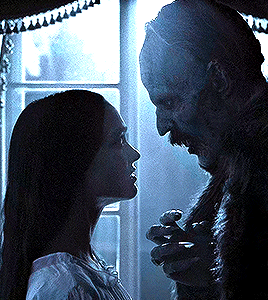









NOSFERATU (2024) — dir. Robert Eggers
2K notes
·
View notes
Text
853 notes
·
View notes
Text
This week, I read a fic that was around 20 years old, which had originally been posted on the author's personal website and which she added to AO3 a few years ago. She listed her email address with the fic, so after I finished reading, I sent her an email saying how much I enjoyed the story, how much I appreciated the work and effort she obviously put into it, and thanked her for uploading it to AO3. She responded the next day and thanked me for my message, then said she had a few more stories in the same series that she hadn't gotten around to uploading. I checked this morning--she added a 35,000 word novella and thanked me in the summary.
👏 comment 👏 on 👏 old 👏 fics 👏
70K notes
·
View notes




